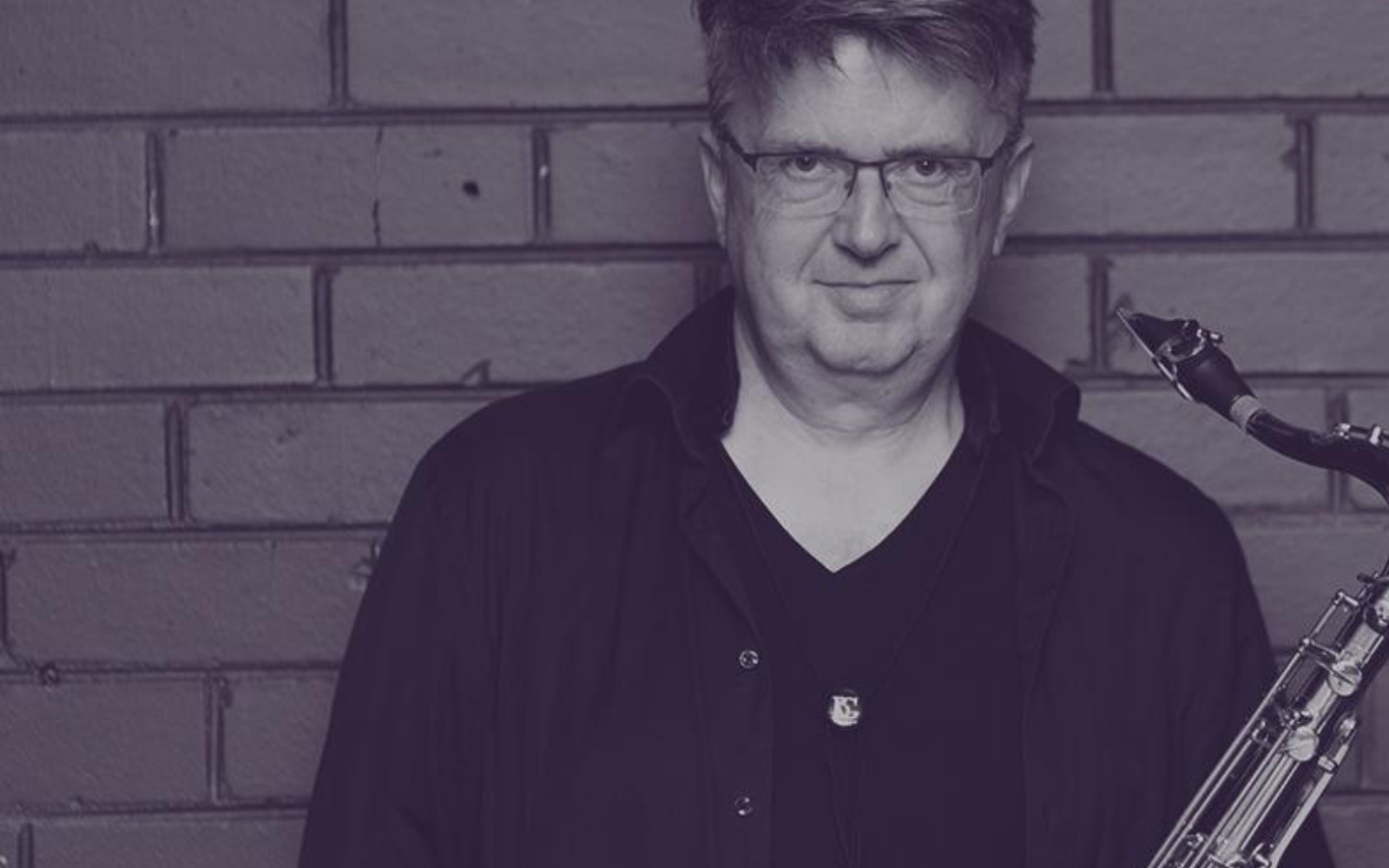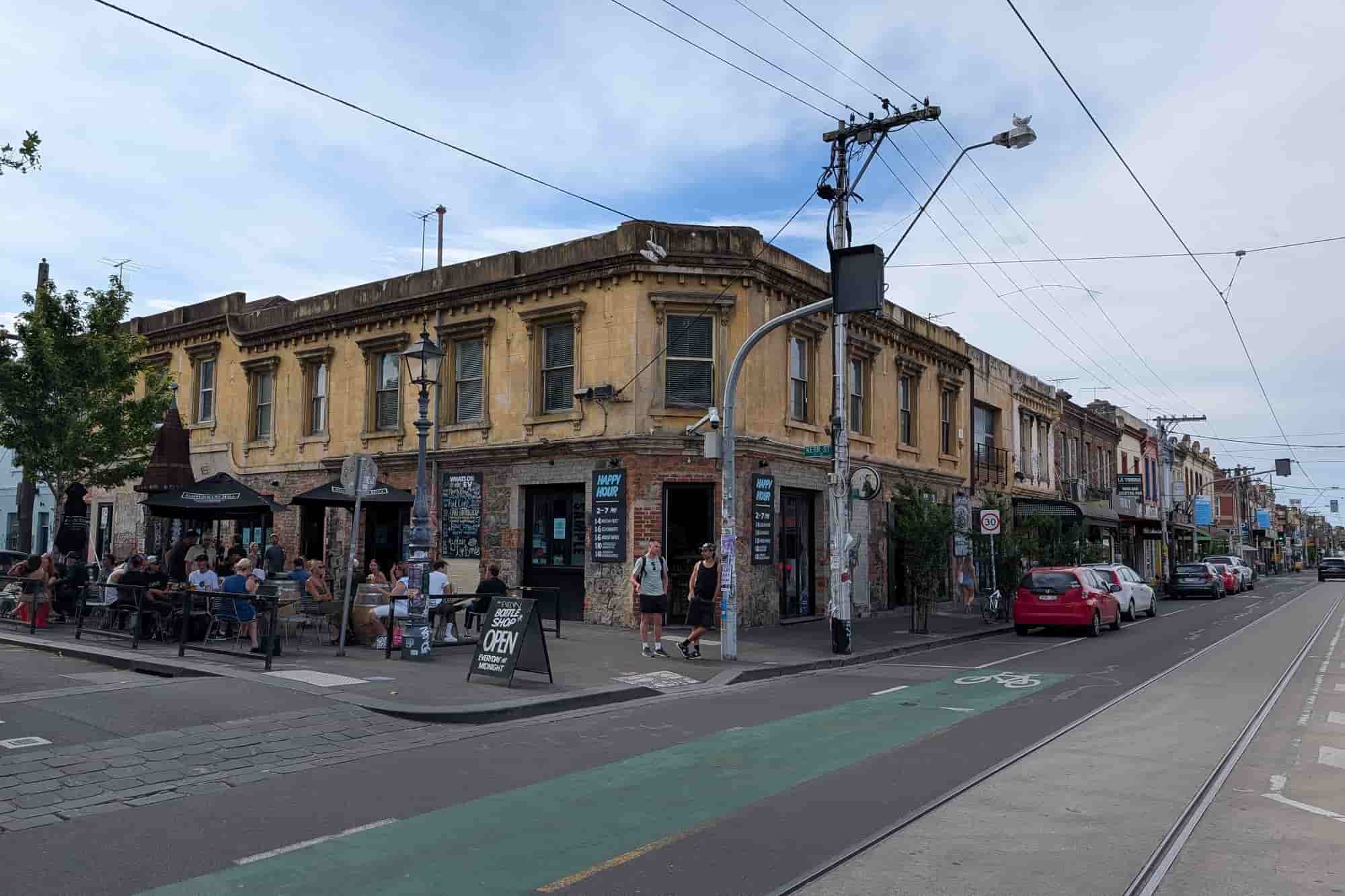For many, the saxophone is associated with jazz.
Images of John Coltrane spring to mind, taking audiences on intricate sonic journeys transcendent of the music that preceded him. However, the saxophone was not designed for jazz, rather it was created for chamber and classical music.
Niels Bijl is a chamber music saxophonist pushing the boundaries of how the saxophone has been used in composing classical music. He’s currently undertaking a residency with the Australian National Academy of Music (ANAM), where he is set to present an assortment of saxophone compositions with ANAM musicians on Friday May 12 at the Rosina Auditorium, part of the Abbotsford Convent.
Keep up with the latest music news, features, festivals, interviews and reviews here.
“When I arrived in Australia I left a music scene behind in the Netherlands,” says Niels. “In the Netherlands for the last number of decades, saxophone has been completely and utterly embraced by the classical music world. Even though there have been people active in the classical music world with the saxophone in Australia – namely Peter Clinch, who was one of the biggest pioneers when it comes to development of classical music for saxophone – the overall assumption if I talk saxophone in Melbourne and Australia is that it is a jazz instrument. Which I completely understand. But if I was to say the saxophone wasn’t a jazz instrument, how would you respond?”
The saxophone was an instrument invented in 1844 by Belgian inventor Adolphe Sax. There needs to be an emphasis placed on it being invented, rather than a further adaptation of a pre-existing instrument, as this remains important to the story of the saxophone.
“The saxophone is, as far as I know, one of the few or the only instruments that has been invented,” says Niels. “The harpsichord is just a step in development over centuries of what ultimately became the grand piano, but the saxophone in itself is actually an invention that was brought to the world. It was introduced to the world in Paris in 1844, which is still 56 years before one could talk of the birth of jazz music.”
It was introduced into the world of classical and chamber music to provide a bridge between woodwind and brass instruments. With the mouthpiece inspired by a bass clarinet, the saxophone was modelled off of the clarinet and flute to ensure that musicians could play fast sections of music.
“When Adolphe Sax presented the instrument, in his design he was looking for a bass woodwind instrument. Sax was himself a bass clarinetist. When you look at the bass clarinet you can actually see it looks like the saxophone: it has a bent metal neck and it has a bell at the end of the instrument that curves upwards.
“He wanted musicians to be as quick and nimble as possible – virtuoso as flute or a clarinet – so technical abilities are easy to play, as are fast passages. He wanted the sound to project a lot, therefore the body needs to be made of brass. He invented it originally as a bass brass instrument with a woodwind mouthpiece.”
For Niels, “everything is all about exploration”, as his upcoming ANAM performance seeks to redress a lost era of saxophone experimentation in Australian classical music.
“After Peter Clinch sadly passed away in the ‘90s, the last 15 to 20 years have seen only a small number of people pushing the envelope when it comes to saxophone in chamber music.
“When ANAM asked me to do a program, they said ‘we should really do a program with a number of pieces that include saxophone’, and I gave them a book of pieces because there are thousands of pieces written over more than 200 years on the saxophone.”
However, Niels is set to condense the innumerable saxophone compositions into one show, at least for now.
“It’s a selection of pieces from the last 200 years,” he says. “I have to say it was one of those processes that most writers would call ‘kill your darlings’. There were so many pieces to choose from and what we ended up with was what I would call ‘Saxophone in Chamber Music: Chapter One’.”
It isn’t all about Niels and the saxophone. The concert, being supported and incepted by ANAM, will see a range of current students accompanying Niels with other instruments in hand.
“The whole idea of ANAM is that you go from concert project to concert project,” says Niels. “You work with fellow students or visiting artists. For the week leading up to the concert, I am going to be doing six to eight hour days of rehearsals and every single person on stage that evening will be a student at ANAM.
“ANAM to me is the highest possible music education you can get as a performing artist.”
For more information on ANAM’s upcoming performances, head to their website here.
This article was made in partnership with ANAM.







